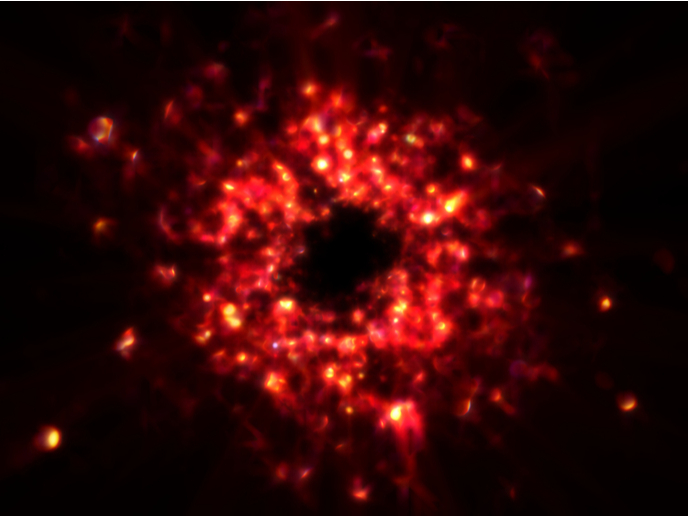European Research Council grantee wins 2020 Kavli Prize in Astrophysics
For decades, scientists have been examining the relation between black holes and the evolution of galaxies. X-ray astronomy has been a crucial tool in understanding the nature and quantity of black holes in the universe, the evolution of stars and galaxies, and the composition and activity of supernova remnants. Using observational X-ray astronomy, it’s possible to analyse some of the highest energy processes in the universe that are powered by gravity, like accretion onto compact objects (e.g. black holes, neutron stars). Kavli Prize Laureate Andrew Christopher Fabian undertook pioneering research on the enigmatic black holes and the way they influence their surrounding galaxies on both large and small scales. On The Kavli Prize YouTube channel(opens in new window), Fabian emphasises the importance of encouraging curiosity. He argues that astronomy plays a crucial role “as it’s asking the biggest questions of all.” He concludes: “Science can break down some of the barriers that humanity has made for itself.” A leading X-ray astronomer, Fabian is the fifth European Research Council (ERC) grantee to win the Kavli Prize. He was principal investigator of the EU-funded FEEDBACK (ACCRETING BLACK HOLES AND COSMIC FEEDBACK) project. The project ran between 2014 and 2019, and “explored the impact luminous accreting black holes have on their surroundings, particularly on how a massive black hole at the centre of a galaxy can determine the evolution of its gas and thus of the galaxy,” as noted in the project’s final report summary(opens in new window).
Black holes and gas flows
A press release(opens in new window) on the International Astronomical Union website explains that Fabian’s “body of work — from understanding large-scale galactic evolution to the physics of black holes at the centres of galaxies — has enabled him to make connections between local conditions around supermassive black holes and the larger gas flows within and between galaxies.” It adds: “This research provided evidence that supermassive black holes at the heart of galaxies are the engines that drive the flow of hot gas out of the galaxy, redistributing energy through the Universe and providing the building blocks for future galaxy formation.” As stated in the same press release, “black holes can be observed when their gravity attracts surrounding gas, dust and stars, which swirl into them at high velocities, creating intense radiation, much of it X-rays.” A news item(opens in new window) summarises how Fabian and his colleagues “found clues to help solve the mystery in several X-ray images of the Perseus cluster taken by NASA’s Chandra satellite in the first few years of this century. These images showed a range of features within the cluster, including dark patches and ripples of brightness, spaced 30,000 light-years apart, emanating from a central dark region.” As pointed out in the news item, “Fabian reckoned that these features were created as a result of energy being transferred mechanically from a central black hole to the surrounding gas. The idea was that the dark regions are bubbles formed when jets of material shooting out from the black hole at right angles to the accretion disk push against the gas. The huge pressure generated then propagates outwards as a series of sound waves that heat up the gas.” A partnership between the Norwegian Academy of Science and Letters, the Norwegian Ministry of Education and Research, and The Kavli Foundation, the Kavli Prize honours scientists who have made influential contributions to astrophysics, nanoscience and neuroscience. The Kavli Prizes are awarded every 2 years. For more information, please see: FEEDBACK project



